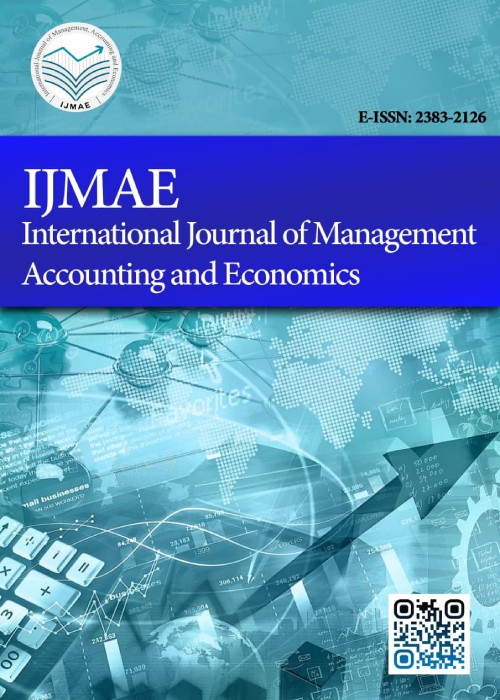Nexus Between Domestic Investment, FDI and Economic Growth: Empirical Evidence from India
Author(s):
Abstract:
This paper examines the impact of Domestic Investment and Foreign Direct Investment (FDI) on economic growth of India for the period 1980-2013 by employing the Vector Error Correction Model (VECM) methodology. Domestic Investment was broken down into Private investment and Public Investment. The Augmented Dickey Fuller (ADF) test for unit root, Johansen Cointegration test, VECM, Short run Causality and Impulse Response Function (IRF) were the tools of analysis employed by the study. ADF test for unit root result shows all variables to be integrated of order one I (1), i.e. they became stationary after taking first difference. Johansen Cointegration Trace and Max-Eigen Value test shows the presence of cointegration (long run relationship) among the variables. Normalised long run estimates showed Private Domestic Investment and FDI to have a positive and significant relationship with economic growth. The relationship between Labour and economic growth was positive, though statistically insignificant, while Public investment was found to have an insignificant negative relationship with economic growth of India. Short run dynamics of the model shows Private Domestic Investment to have a significant positive relationship with Economic Growth, while FDI was found to have a short run negative impact. Other variables were found to be statistically significant in the short run. Short run Causality result confirms the presence of a short run causal relationship between Private Domestic Investment and FDI with economic growth, running from the variables to economic growth. Impulse Response Function (IRF) showed the response of GDP to a unit standard deviation innovation/ shock on Private Domestic Investment, FDI and Labour to be positive, while the response to shock in Public Investment was negative. Policy recommendations of the study to the government include the enhancement of Private Domestic Investment by removal of bottlenecks to private investment such as high interest rates, excessive taxation. The government should also encourage more FDI inflows through the creation of enabling and friendly environment to do business in India.
Keywords:
Investment , FDI , Economic Growth , India
Language:
English
Published:
International Journal of Management, Accounting and Economics, Volume:3 Issue: 3, Mar 2016
Page:
174
magiran.com/p1544177
دانلود و مطالعه متن این مقاله با یکی از روشهای زیر امکان پذیر است:
اشتراک شخصی
با عضویت و پرداخت آنلاین حق اشتراک یکساله به مبلغ 1,390,000ريال میتوانید 70 عنوان مطلب دانلود کنید!
اشتراک سازمانی
به کتابخانه دانشگاه یا محل کار خود پیشنهاد کنید تا اشتراک سازمانی این پایگاه را برای دسترسی نامحدود همه کاربران به متن مطالب تهیه نمایند!
توجه!
- حق عضویت دریافتی صرف حمایت از نشریات عضو و نگهداری، تکمیل و توسعه مگیران میشود.
- پرداخت حق اشتراک و دانلود مقالات اجازه بازنشر آن در سایر رسانههای چاپی و دیجیتال را به کاربر نمیدهد.
دسترسی سراسری کاربران دانشگاه پیام نور!
اعضای هیئت علمی و دانشجویان دانشگاه پیام نور در سراسر کشور، در صورت ثبت نام با ایمیل دانشگاهی، تا پایان فروردین ماه 1403 به مقالات سایت دسترسی خواهند داشت!
In order to view content subscription is required
Personal subscription
Subscribe magiran.com for 70 € euros via PayPal and download 70 articles during a year.
Organization subscription
Please contact us to subscribe your university or library for unlimited access!


